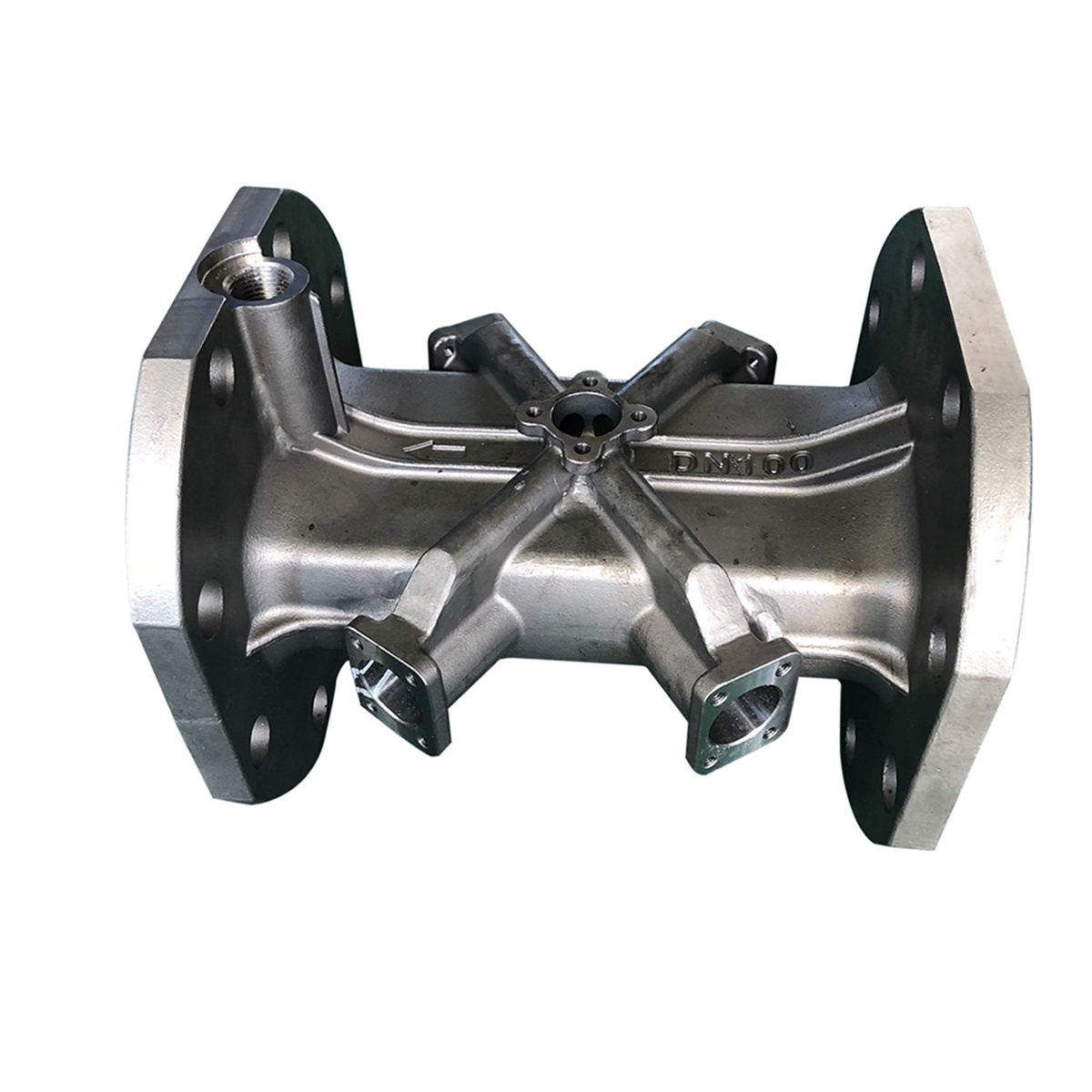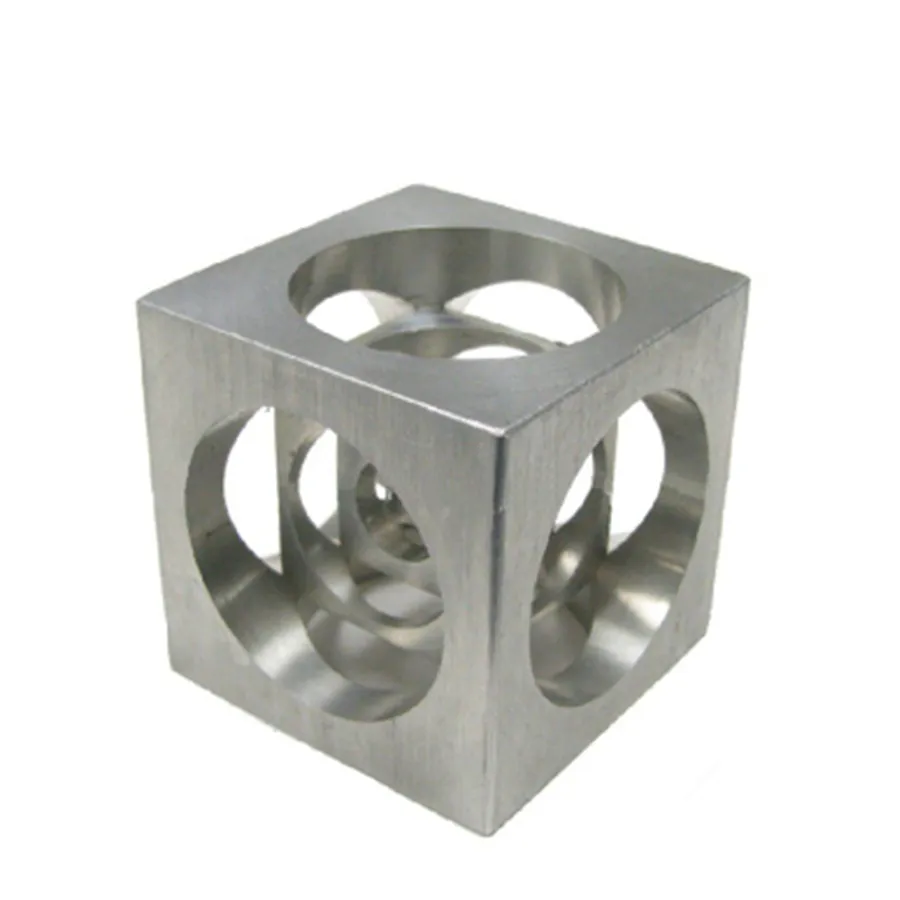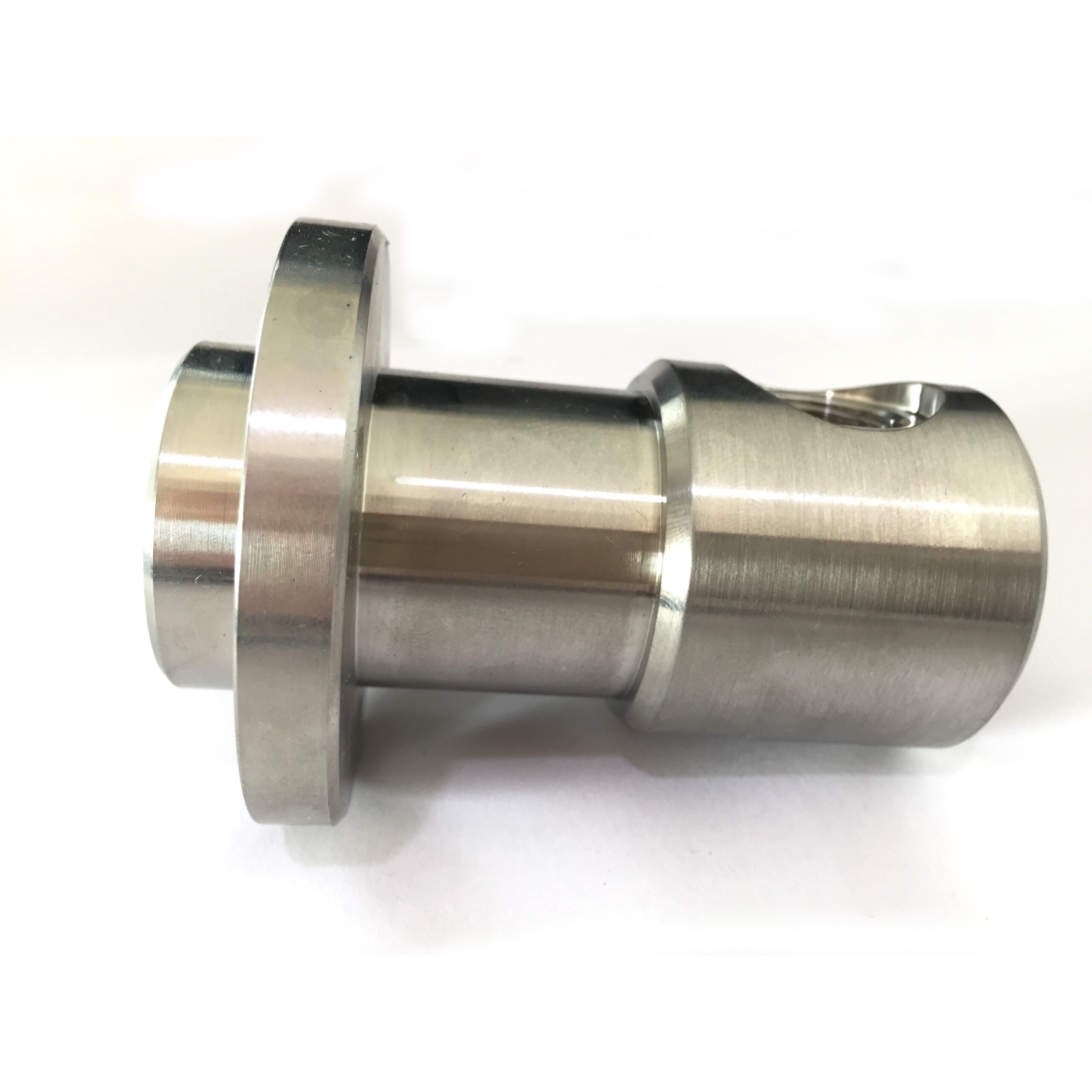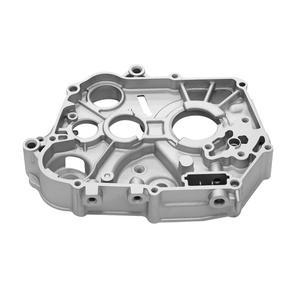
The Charpy impact test is a standardized, high-strain-rate test used to determine the amount of energy absorbed by a material during fracture. This absorbed energy is a measure of the material’s notch toughness – its ability to resist fracture when a stress concentrator (like a notch) is present, particularly under sudden impact loading at specific temperatures.
Key Components & Setup
Specimen:
A small, rectangular bar with precisely defined dimensions (typically 10mm x 10mm x 55mm).
Contains a machined notch (either a V-notch or U-notch) in the middle of one face. The V-notch (Charpy V-notch or CVN) is the most common and severe.
Made from the material being evaluated.
Testing Machine (Pendulum Impact Tester):
A heavy pendulum hammer is mounted on a rigid frame.
The hammer is lifted to a specific height, gaining a known potential energy.
The specimen is securely clamped vertically in anvils at the base of the machine, with the notch facing away from the striking edge and centered on the impact point.
Test Procedure
Positioning: The specimen is placed horizontally (supported at both ends) in the anvils, with the notch centered.
Release: The pendulum hammer is released from its initial, fixed height.
Impact: The hammer swings down and strikes the specimen directly behind the notch with a single, high-velocity blow.
Fracture: The specimen fractures at the notch.
Swing-Through: The hammer continues its swing to a maximum height on the other side.
Measurement & Result
The key measurement is the energy absorbed (Aₖ) by the specimen in fracturing.
This is calculated based on the difference between the pendulum’s initial potential energy (determined by its starting height and mass) and its remaining potential energy after fracturing the specimen and swinging through (determined by its final height).
The result is expressed in Joules (J) or foot-pounds (ft-lb).
KV (V-notch) or KU (U-notch) is often used to denote the absorbed energy value (e.g., KV = 120 J).
What the Result Indicates (Toughness)
High Absorbed Energy: Indicates a ductile, tough material. The specimen will exhibit significant plastic deformation (bending, stretching) around the fracture point before breaking.
Low Absorbed Energy: Indicates a brittle material. The specimen fractures with little or no visible plastic deformation, often shattering.
Critical Purpose: The Ductile-to-Brittle Transition Temperature (DBTT)
This is the primary application of the Charpy test.
Many materials, especially ferritic steels, undergo a transition from ductile to brittle behavior as the temperature decreases.
Charpy tests are performed on a series of identical specimens at different temperatures (e.g., -50°C, -20°C, 0°C, 20°C, 50°C).
The absorbed energy is plotted against temperature.
The resulting curve clearly shows the temperature range where the material’s toughness drops dramatically. This is the Ductile-to-Brittle Transition Temperature (DBTT) range.
Knowing the DBTT is critical for selecting materials used in low-temperature environments (e.g., pipelines, ships, pressure vessels, offshore structures, bridges in cold climates) to avoid catastrophic brittle fracture.
Important Parameters
Notch Type & Acuity: Significantly affects stress concentration and results (V-notch is sharper and more severe than U-notch). CVN is the standard for structural steels.
Temperature: As discussed, profoundly influences toughness.
Strain Rate: The Charpy test applies a very high strain rate (rapid loading), which promotes brittle fracture compared to slow loading tests.
Specimen Orientation: Results can vary depending on whether the notch is cut relative to the rolling direction of the material (longitudinal or transverse).
Standards
Common international standards governing the test procedure and specimen dimensions include:
ASTM E23: “Standard Test Methods for Notched Bar Impact Testing of Metallic Materials”
ISO 148-1: “Metallic materials — Charpy pendulum impact test — Part 1: Test method”
EN 10045-1: (European Standard)
Applications
Quality Control & Specification: Ensuring materials meet minimum toughness requirements.
Material Comparison: Ranking different materials or heat treatments for toughness.
Research & Development: Studying effects of alloying, processing, heat treatment, irradiation, etc., on toughness.
Failure Analysis: Investigating causes of service failures involving brittle fracture.
Structural Integrity Assessment: Determining fitness-for-service, especially in low-temperature applications (critical for energy, transportation, construction).
Comparison to Izod Test
The Izod impact test is similar in principle (pendulum impact on notched specimen).
Key differences:
Specimen Orientation: Izod specimen is clamped vertically (cantilever beam), struck near the top above the notch.
Notch Position: Izod notch faces the striker.
Specimen Size: Izod specimens are often smaller.
Less Common: Charpy is the dominant test, especially for structural metals.
In Summary
The Charpy impact test is a simple, fast, and cost-effective method for characterizing a material’s notch toughness under impact loading conditions. Its most crucial application is determining the Ductile-to-Brittle Transition Temperature (DBTT), which is vital for ensuring the safe performance of structural components operating in cold environments. The absorbed energy value (KV/KU) provides a direct measure of a material’s resistance to brittle fracture in the presence of a flaw.





